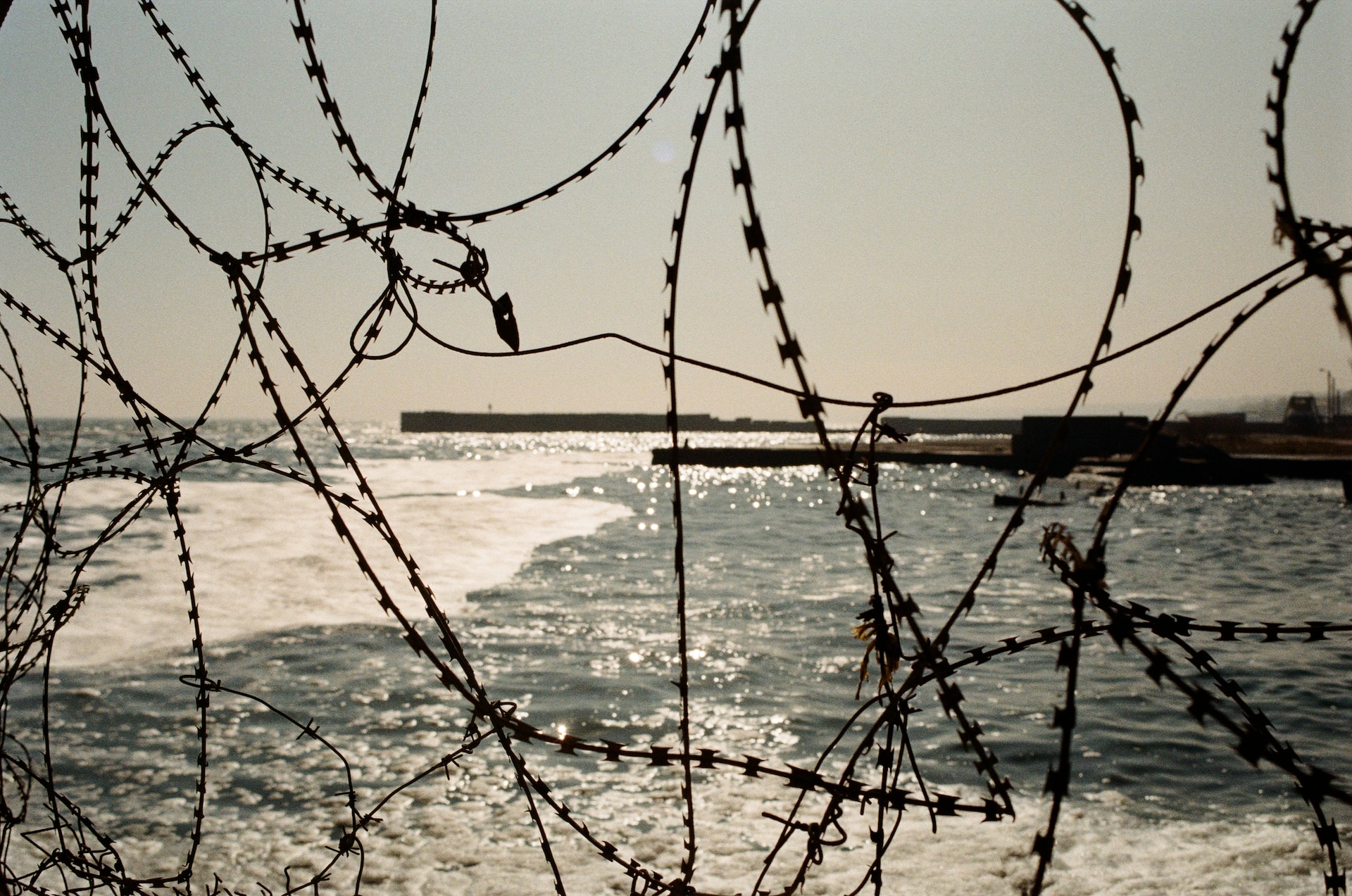Ukrainian grain supplies are currently facing down hostile weather, military encroachment, and falling water levels across several key canal routes. The latter issue is the most imminent threat to the harvest, as up to 94% of irrigation systems in certain upstream regions along the Dnieper River have been left without a water source following the destruction of the Kakhovka dam, which has allowed a surge of the river’s vital water to flush downstream toward the Black Sea.
Dry weather was already an issue for Ukrainian farmers throughout the spring and that lack of water appears likely to only become more desperate. Damage to infrastructure and increased hostilities on the frontlines, in preparation for a summer of renewed fighting, is likely to damage fields and put key trade arrangements between Russia and Ukraine in further jeopardy.
Related ETFs: Teucrium Wheat Fund (WEAT), iPath Series B Bloomberg Grains Subindex Total Return ETN (JJG), Invesco DB Agriculture Fund (DBA)
Grain supplies in Ukraine’s most fertile agricultural regions are once again under threat, facing inclement weather, military actions on and off the frontline, and a lack of water supplies resulting from of the recent destruction of the Nova Kakhovka dam. Wheat futures had tumbled back toward two-and-a-half year lows near $5.75 per bushel at the end of May, down -27.4% YTD and well-below the prices near $8.00 per bushel prior to Russia’s formal invasion of Ukraine kicking off in February 2022.
This downturn is largely due to the Black Sea Grain Initiative managing to stay intact for nearly an entire year thus far – despite Russian protests and threats to end their participation in the deal for several months. As MRP has previously noted, the initiative is a quadrilateral agreement between Russia, Ukraine, Turkey, and the UN to ensure agricultural commodities can safely transit through the Black Sea and through Turkey’s Bosphorus Strait, the gateway between the Black Sea and the Mediterranean Sea. There, observers from all parties have a chance to inspect the cargoes before any ship can pass. Unloading of cargo in Ukraine is monitored by a joint coordination center in Istanbul. Russia and Ukraine are among the world’s largest exporters of wheat, making the initiative a critical facility for global grain supplies. As of last month, Ukraine had been able to ship more than 30.3 million tons of grain products through the Black Sea route since the signing of the deal.
That initiative could be imperiled once again, however, following an attack on a key ammonia pipeline that stretches from Russia through Ukraine. The Russian Ministry of Defense accused a Ukrainian sabotage and reconnaissance group of blowing up the Tolyatti-Odesa ammonia pipeline near the village of Masyutivka in Ukraine’s Kharkiv Oblast. Ukraine responded by claiming Russian artillery was the cause of the damage, as fighting has been…
To read the complete Intelligence Briefing, current All-Access clients, SIGN IN All-Access clients receive the full-spectrum of MRP’s research, including daily investment insights and unlimited use of our online research archive. For a free trial of MRP’s All-Access membership, or to save 50% on your first year by signing up now, CLICK HERE










